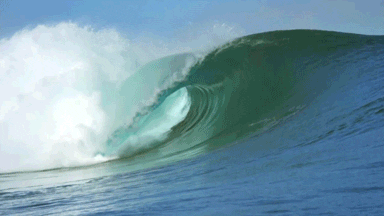-
Rationale
-
This lesson will help student to understand and identify /w/, the phoneme represented by W. Students will be able to recognize /w/ in spoken by learning the sound analogy (watching waves) and the letter symbol to represent W, practice finding /w/ in words, and apply phoneme awareness with /w/ in phonetic cue reading by being able to distinguish rhyming words from beginning letters.
-
-
Materials needed:
-
Pencil and primary paper
-
Book —> “Watch out for Wolf”
-
Word cards with WATER, NET, WIRE, WET
-
Assessment worksheet with URL below
-
-
Procedures
-
1. Say: Our written language is a secret code. The tricky part is being able to lear what letters sound like and how our mouth moves when we say different words. Today we are going to be working on spotting how our mouth moves when we say /w/. We spell /w/ with the letter W. W sounds like a wave rolling into the beach, “wa, wa, wave” (use hand movement to show the two ups in the w.)
-
2. Now let us pretend that we are a wave rolling onto the beach /w/, /w/, /w/. (Using hand to make wave movements.) Do you notice where your tongue is when you do that? (Point to the open space between the top and bottom of the mouth.) When we say /w/, our tongue floats in the empty space of our mouth.
-
3. I want to show you how to find /w/ in the word water. I am going to stretch water out and I want you to listen for the wave. Now, here we go super slow Www-a-a-a-t-t-e-r-r. There it is! I felt my tongue floating! Wave is in water.
-
4. Let us try a tongue tickler now. Wally wanted to wait for water. Here is our tickler: “Wally wanted to wait for water.” Now lets all say it together three times through. Did you feel your tongue floating in the middle of your mouth? Now lets say it again but this time I want you to stretch out /w/ at the beginning of the words. “Wwwally wwwanted to wwwait for wwwwater.” Let’s try again but now break it off from the word and use you hand to make those waves so that you can hear /w/ each time we say it: “/w/ally /w/anted to /w/ait for /w/ater.”
-
5. (Tell class to take out their primary paper and pencil). We use the letter W to spell /w/. Capital W looks like an upside down mountain. Now lets write the lowercase letter w. Start at the fence and draw a diagonal line down to the sidewalk and then back up at an angle again to the fence. Repeat this connecting the two. I want to see everybody’s w! Once I give you a sticker, I want you to go ahead and write nine more w just like the one I approved.
-
6. Call on students to answer and tell where the /w/ is in the word: Do you hear /w/ in wet or net? Sent or went? Wing or ring? Rock or row? Say: Let’s see if you can spot the mouth move /w/ in some words. I want you to act like a wave if you hear /w/: When, friend, wipe, sat, walk, near, where, want.
-
7. We are gonna read a book with letter W in it! Today we are going to read Watch out for Wolf. The little piggies are enjoying their day when a big bad animal comes to scare them. What do you think the little piggies do? Let’s read our book to find out!
-
8. Show WATER and model how to decide is it is water or fatter: The W tells me to move like a wave, /w/, so this word is wwwater, water. You try some: WIRE: wire or tire? WET: net or wet?
-
9. To assess the students, distribute the worksheet. Students color the picture with W. Call on students individually to point to the picture with /w/ in it.
-
Links:
The Reading Genie: http://wp.auburn.edu/rdggenie/
Anica Mrose Rissi, Watch OUt for Wolf: https://www.amazon.com/Watch-Wolf-Anica-Mrose-Rissi/dp/1484785568/ref=sr_1_1?dchild=1&keywords=watch+out+for+wolf&qid=1632275406&sr=8-1
